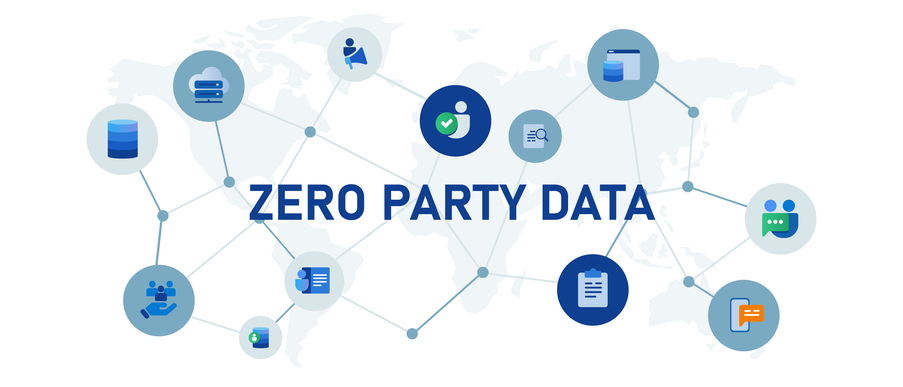What do vinyl records, books and tabletop games all have in common? They’re all non-digital products whose sales have grown significantly in recent years, despite the seemingly endless march into a future dominated by tech. In 2017, the Independent reported the rise of ‘physical’ books and the fall of ebooks.
The Guardian published an in-depth look into the booming tabletop gaming industry. There’s even a Wikipedia page dedicated to the ‘vinyl revival.’
It’s easy to assume, in world where Kindles, Spotify and PlayStations exist, that there would be no need for the products mentioned above. But their sales growth says otherwise. The real winners in all of this are the businesses that spotted the trends and sold the products that consumers wanted to buy, rather than assuming that our buying habits were set in stone.
The danger of assumptions
The human brain is an assumption-making machine. It uses shortcuts and assumed knowledge so that we can function without having to analyse every situation in detail. The problem is that this approach doesn’t mesh well with a considered business strategy.
For example, if a publisher focused all their resources on ebooks, based on the assumption that consumers want the newest technology, they’ll lose out. The audience wants physical books.
Sales and marketing teams can make all sorts of assumptions about their audience if they’re not careful. While demographic information is easy to find, digging deeper to discover a group’s wants and needs is harder.
It’s tempting to fill in the gaps with what we think we know.
Researching your industry
I work in the fashion industry, which is famously volatile. Tastes can change seasonally. Whenever we bring out a new product, we have to research what our audience actually wants to buy, otherwise it won’t sell.
While other industries may not change as fast, their audiences will always shift with cultural trends to some degree.
But, as we’ve already established, good information is hard to come by. Where can you find data that provides this insight?
Internal and industry-wide sales figures
Consumer trends will always be indicated by how people are spending money. If a publisher sees ebook sales falling and physical book sales rising over months and years, it’s easy to realise that this is a trend they should pay attention to.
Similarly, you may be able to notice one product line or service area within your own offering that’s proving to be more popular – you should pay attention if this is the case.
Beyond your own data, it’s fairly easy to find information for the performance of the industry as a whole. In preparing this article, I was able to find evidence of the entertainment trends I mentioned at the start in a matter of seconds. Industry-wide data may not always be granular enough to describe the behaviour of your specific target audience, but it’s important to be aware of what’s going on in a wider context as no business exists in a vacuum.
Speak to your customers
You might have an idea of who is buying your products or services, but it’s harder to know why. After-purchase surveys, online reviews or simply talking to customers you get the chance to meet face to face can help you to answer this crucial question.
As soon as you know why people buy your products, you can plan how to persuade others to do the same. If your low prices are mentioned, use that as a USP (unique selling point) in the future. If your good service is mentioned, use that as a USP. Rather than going on what you think your target market wants to hear, use insights like this to tailor your message to what they actually say they’re looking for.
Watch what competitors are doing
It’s wrong to assume that competitors know more than you do, but if you see multiple competitors doing the same thing, it may be that they’re catching on to an important audience trend. In the fashion industry it’s relatively easy to spot when shifts are happening thanks to the prevalence of high street stores and industry press, but if you’re keeping tabs on your competitors it should never be too hard whatever the industry.
Even if you do see something new emerging, it’s important not to copy it without first considering why competitors are making changes and if those changes will work for your target market.
For example, we might take note when Asos does something new with their coats, but we also know that our audience is not identical to theirs, and their changes might not work for us at all. Importantly, while competitor activity can signal a changing trend, it doesn’t give you the actual audience data that you need to make your own informed decisions.
Acting on real audience data
The actions you take once you’ve gathered the real data on your audience could be anything from a shift in your marketing strategy to the creation of brand new products. Whatever decision you make can be made in the confidence that it’s based on evidence, not assumptions.
Changing the way you market
Audience information can tell us a lot that can inform marketing efforts. Which social media platform is your target market using and how are they engaging with it? What qualities should you be emphasising in your adverts? Is it beneficial to list products on Amazon and eBay? Making changes off the back of this information often doesn’t cost a lot, but it can rejuvenate your marketing channels.
Developing new products and services
Depending on the nature of your business, this could be simple or difficult. Either way, if the demand is there and you have the means to meet it, developing new product and service offerings can be great for business.
In fact, if you’re not gathering the sort of data we’ve talked about when creating a new offering, you’re taking unnecessary risks. Generally speaking, the sooner you can tap into a trend the better, however, it’s understandable to hang back to see if the data is pointing to a long term trend or a temporary fad.
So what assumptions are you currently operating under? How do you think your audience interacts with businesses? What do you think they care about? Once you start asking these sorts of questions, you’ll be able to shift your sales and marketing strategies to match what your audience actually wants.
Ian Blackburn is managing director at Hidepark Leather





